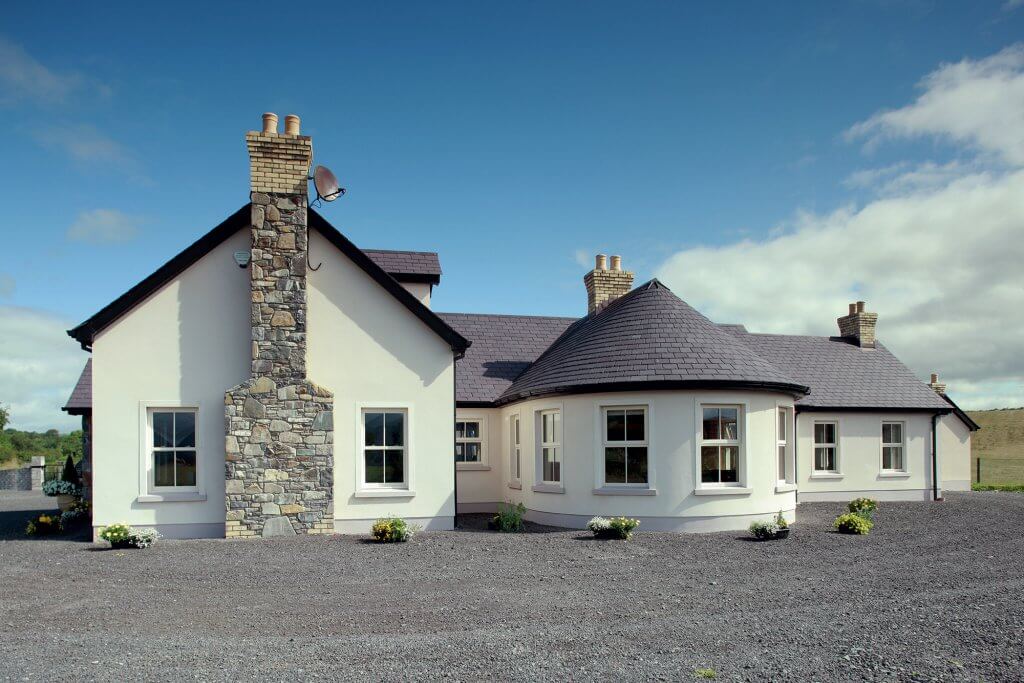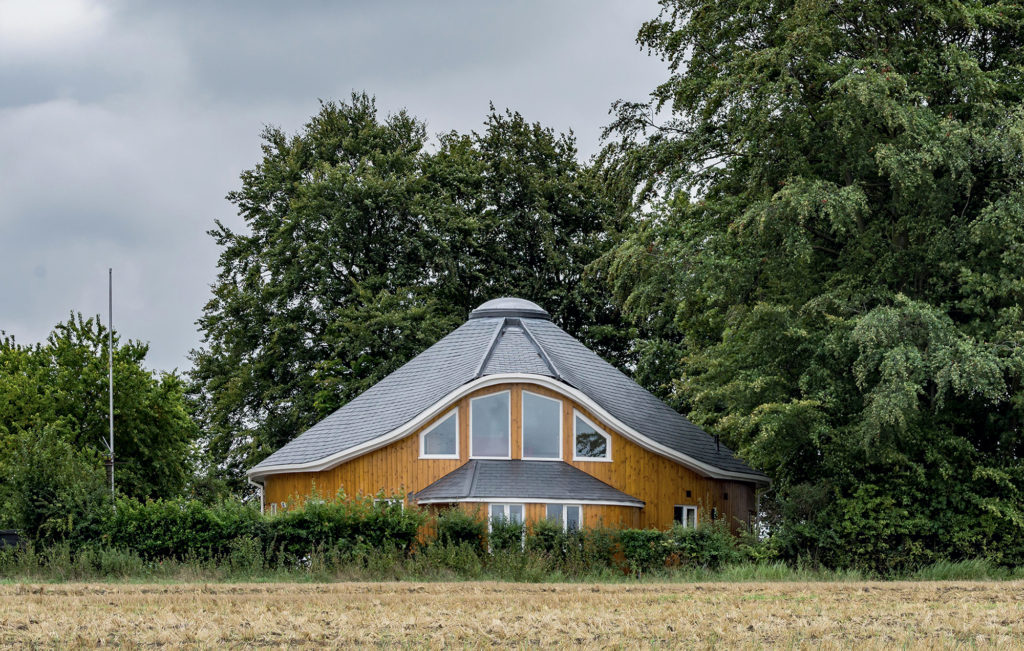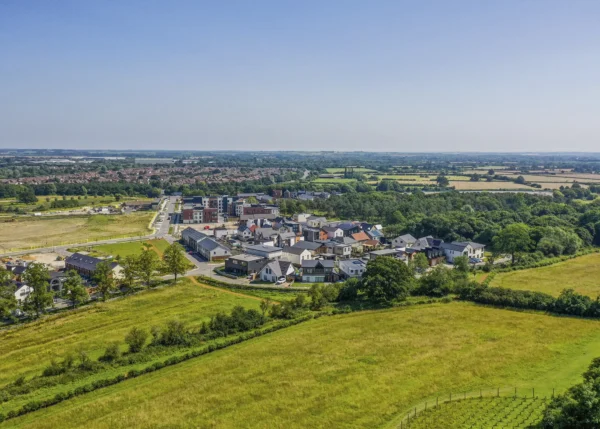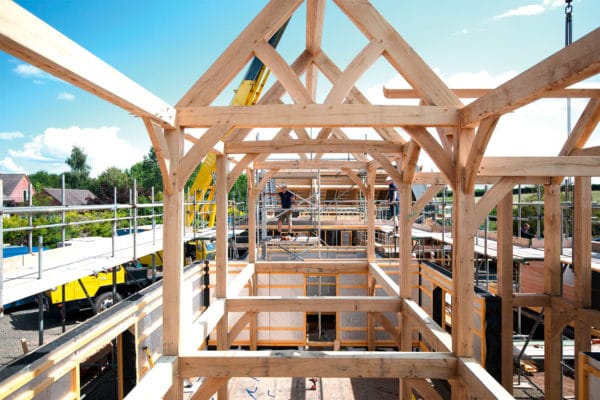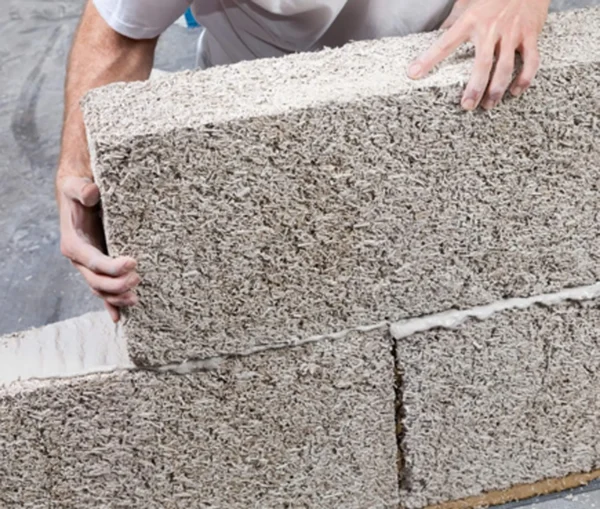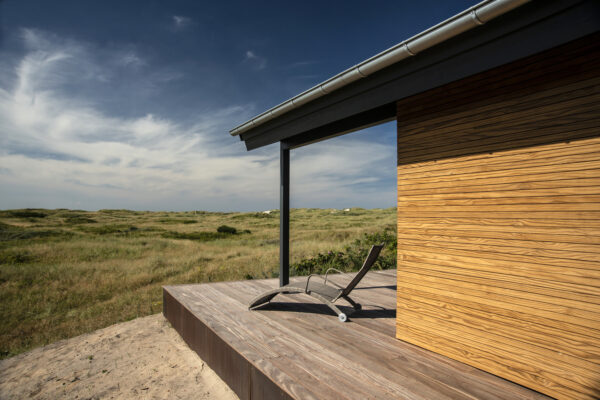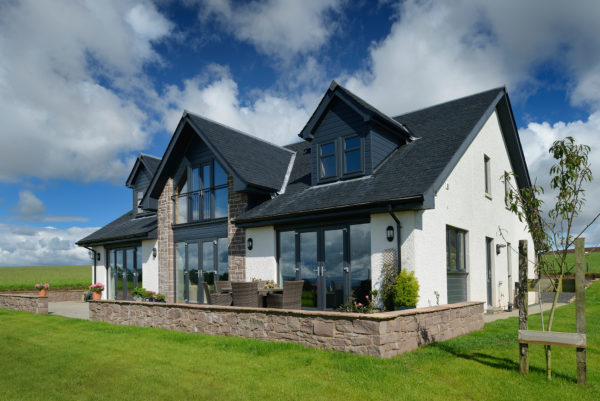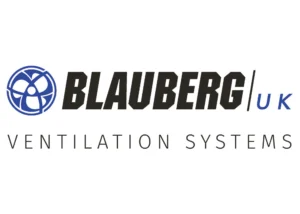Green Building Materials and Products
If you want a truly sustainable, healthy home, then every aspect of your project needs to be considered in detail – from low-energy design strategies through to the products and finishes that go into both the structural fabric and the internal fit-out.
When it comes to specifying products, there are a number of core factors to keep at the front of your mind. How much carbon is consumed in their fabrication?
Are they made from renewable resources? And how recyclable are they at the end of their useful life?
Source it: Find the right renewable energy products for your build
Health is another vital area that should be top of everyone’s list when it comes to green construction. Whatever we build, and whatever we use to construct it, a home should enhance the occupants’ wellbeing.
Avoiding toxic materials, providing thermal comfort, ensuring a good supply of fresh air and designing in plenty of daylight will all help to deliver a home that’s sustainable and makes a positive contribution to physical and mental health.
Structural options
In terms of the main shell of your home, the rather vague phrase ‘green building materials’ could cover anything from straw bale construction through to brick and block systems.
At a recent Build It Live show, I met a couple who were planning to construct their home using hempcrete; and another who were going to have a crack at straw bale – both exciting but challenging routes to building a new house (best of luck to you if you’re reading this!).
Most people, however, will be thinking in terms of more conventional techniques, such as masonry or timber frame. But there’s a point to mentioning those couples: they’re using waste products as their primary building materials, which will hugely reduce the environmental impact of their projects. In terms of the circular economy, it also encourages recycling by providing a valuable market for waste products.
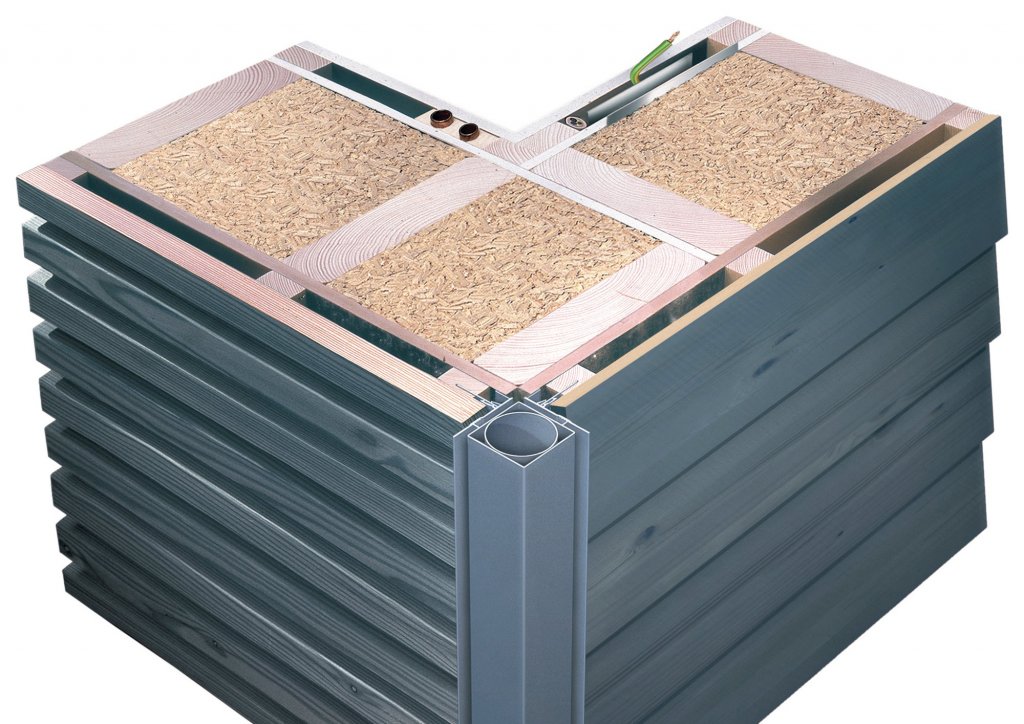
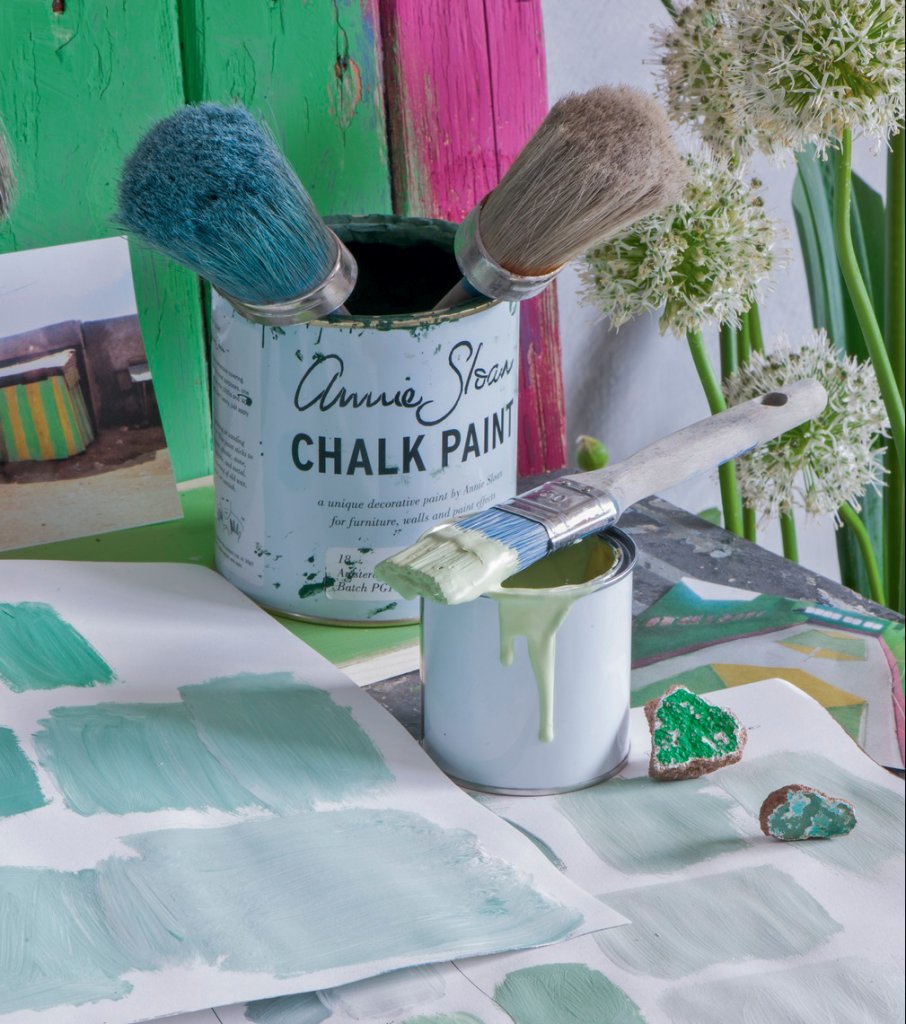
We can use this kind of approach when deciding on all aspects of the construction process, from foundations to furnishings. Start by reusing what you’ve got, then stick to renewable resources with minimal environmental impact for the rest.
For instance, timber (and timber waste products, such as wood-fibre insulation) is highly sustainable, provided there’s adequate replanting. The FSC mark is a reliable guide; although there are some other certifications that are equally strong, such as PEFC.
Engineered timber products, such as glulam beams, are also able to do the job of steel in many designs – thus eliminating the need for a non-renewable resource. And if you opt for a lightweight framing system, this should reduce the amount of concrete required for foundations (some systems dispense with the concrete altogether).
If you are committed to building your project in masonry, there are options to reduce environmental impact. You could opt for reclaimed bricks, for instance, or select blocks with high recycled content. And when it comes to foundations, there’s even a damp-proof membrane available made from 100% recycled plastic.
Insulation
Rigid insulation is often used in new construction in the UK. It’s excellent at its job of retaining heat, but if sustainability of materials is a key consideration for your project, then it’s worth noting that these products are derived from oil – a non-renewable resource.
A relatively high amount of energy is needed to produce it compared to many other options. In addition, rigid insulation is usually made with plastics that are difficult – and sometimes impossible – to recycle effectively.
There are plenty of alternatives, many of which are particularly suited to timber framing. Houses, schools and community centres have all been constructed with recycled newspaper insulation, for example, which is a great use of a waste product. One development I did with this material was judged at the time to be the most energy-efficient street in the country.
Versions made of wood wool and hemp wool are all useful alternatives, and some come in rigid board formats. Depending on the overall construction, some of these products have the ability to adsorb moisture or pollutants, which can help to minimise condensation and create a cleaner, more balanced internal environment.
That’s not to say there’s anything wrong with good old mineral wool. It’s vapour open, comes from a plentiful source and in many situations will be the best choice – especially where fire ratings are important.
Roofing materials
Clay tiles and natural slates tend to have the lowest embodied energy when it comes to roof coverings, though most of the slate used in UK construction is now imported from cheaper sources (adding to the carbon costs).
Concrete tiles are more energy-intensive to produce, but in any case are falling out of fashion, as they aren’t the most durable option for bespoke homes (the colour will fade, for instance). Metal roofing is very popular at present, but bear in mind that the likes of zinc and copper are high-energy products and non-renewable resources.
For flat roofs, EPDM (a synthetic rubber) is so much longer lasting than traditional felt that its overall impact is likely to be lower over the lifespan of a building. These qualities more than justify the additional cost.
Top tips for minimising wasteOne way to reduce the environmental impact of your building materials is to simply avoid wasting what you purchase. Here’s how you can do it:
|
Source it: Natural slate roofing from Cupa Pizarras
Windows & doors
The same advice applies to windows and doors as to the other parts of your home’s structural shell. Timber is a plentiful and renewable resource, and can be used to produce long-lasting fenestration.
Conversely, plastic versions require a lot of energy to fabricate. What’s more, they are difficult to recycle and the material gives off toxic fumes when burned. If you own a Victorian or Edwardian home, it’s easy to think that damaged original window frames have rotted.
In fact, when properly maintained, these units can last indefinitely. Even if they’ve not been kept in good order, any rot is normally confined to the sill and lower sections of the sashes; and can be easily repaired by an experienced carpenter.
Our forebears used good quality slow-grown timber, but this wasn’t the case in the 1960s and 70s. Windows from that era tend to rot quicker once the paint skin is compromised; but this isn’t a fair reflection of the performance modern timber options can offer. Exterior paint technology has improved markedly in the last 20 years, so new frames require much less frequent maintenance.
Plastic windows and doors, on the other hand, are much more difficult to successfully repair or refresh. Metal versions do not suffer from these disadvantages – plus their innate strength can open up more design possibilities, and if you’re using aluminium they’ll be recyclable. However, they do have a high embodied energy.
Where to get reliable informationIf you want to look in more detail at the sustainability of particular products and materials, here are some great places to start:
|
Glazing, of course, has an important role to play in terms of contributing to your home’s comfort and daylighting levels – which are vital to health and wellbeing. Specifying energy efficient units is a must for most projects; but remember your windows and glazed doors will only perform up to the expected standard if they’re properly installed.
Their position and orientation will also determine how much natural light enters and flows through your home, along with the potential for free boost of heat via solar gain. These considerations need to be balanced against possible overheating, so it’s important to work with specialists to get the design right.
Ventilation & interiors
Chemicals that evaporate into the air are known as volatile organic compounds (VOCs). They occur naturally, so they are not all harmful – but new buildings can contain high levels of VOCs that are detrimental to health (especially formaldehyde, which is a recognised carcinogen).
The bad VOCs can cause asthma and other diseases, but their level indoors is dependent on the quality of ventilation, as much as on the sources of the compounds themselves. A report from the Royal College of Physicians, titled Every Breath We Take, flags up indoor air quality as potentially a much greater threat to health than outdoor air.
Mechanical ventilation systems are available that can maintain a fresh supply in airtight homes (even filtering out pollen, for instance); and you can opt for heat recovery versions to further boost comfort levels. This is a common and effective choice for self builders.
Alternatively, the likes of Stommel Haus use highly insulated, airtight yet breathable structural fabrics for their homes, whilst avoiding toxic products. This creates a healthy indoor climate without the need to rely on mechanical ventilation.
In terms of finishes, it’s now commonly understood that conventional paints and other coatings often contain high levels of VOCs. There are plenty of good-quality replacements, however: generally, plant-based, water-borne options are the most eco-friendly choices.
Some engineered wood products, such as chipboard, also contain high levels of VOCs. This means certain parts of the home, such as kitchens, are more likely to be affected. To minimise their presence, consider switching to plywood or low-VOC MDF for the carcassing, and products such as solid wood or stone for worktops.
Conventional carpets often contain fire retardants, fungicides and pesticides, so look at using eco-friendly alternatives such as jute or sisal. Wool rugs are also available without cocktails of toxic chemicals.
Furniture, adhesives, cleaning products and air fresheners can all contain harmful VOCs, too, so it’s important to bear this in mind once you’ve moved in. Having created a sustainable, healthy home, it would be a shame to introduce toxins afterwards.
Sustainable choice
When you look at a wall, you can’t tell whether the blocks that went into it have a high recycled content or whether the paint was low in VOCs. Neither can you tell if wood products have been responsibly sourced at first glance; and structural timber can’t even be seen.
In other words, true sustainability is hidden. It’s all about design and the choices you make in the procurement process – and there’s little point paying it lip service.
I recently heard of a couple who had installed solar electric panels on the northern elevation of their roof, where they’d get barely any sun and provide pitiful payback on the energy that went into manufacturing the array.
When this was pointed out to them they agreed, but said their friends wouldn’t be able to see it if it was installed elsewhere. Now that’s top quality eco-bling for you!
Top image: Winner of the 2017 Build It Award for Best Eco Home, this project by Beattie Passive features a factory-produced timber frame. The finished house exceeds Passivhaus requirements for airtightness and is so well-insulated it doesn’t require conventional heating to provide year-round comfort.
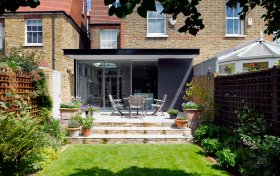
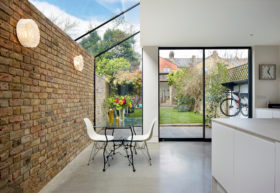


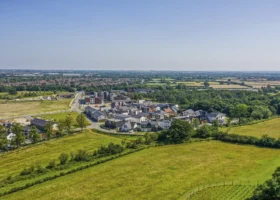
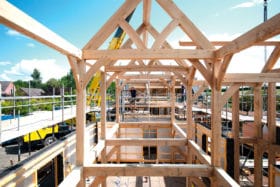

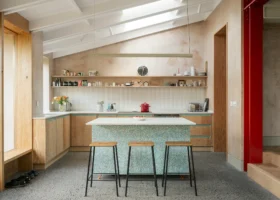
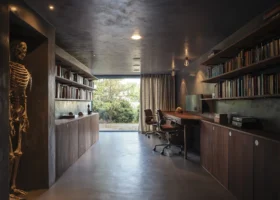
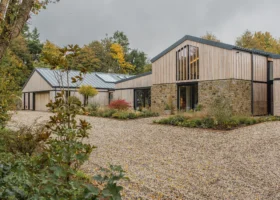
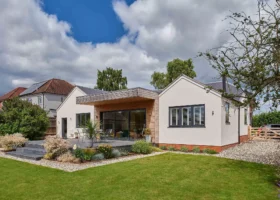
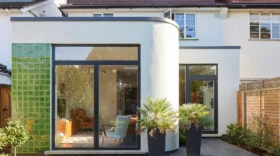

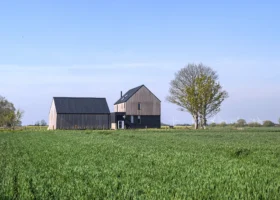
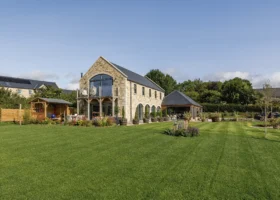
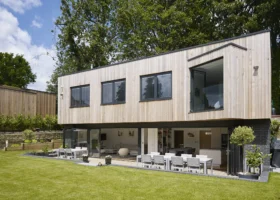
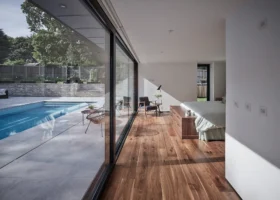
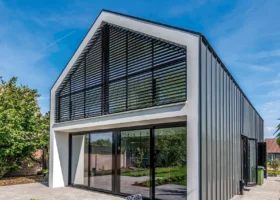
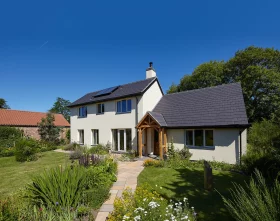
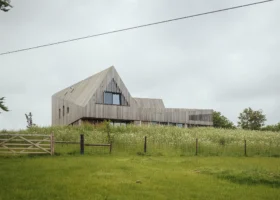
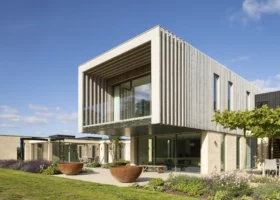
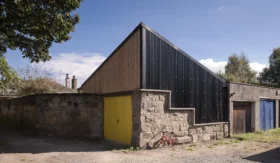
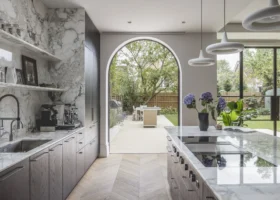
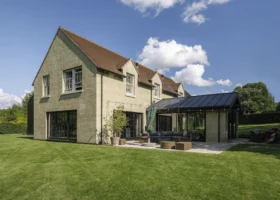
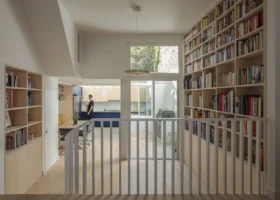
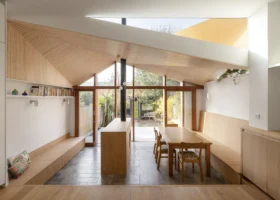
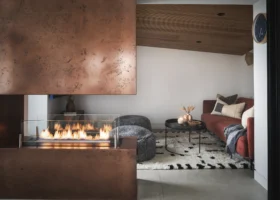
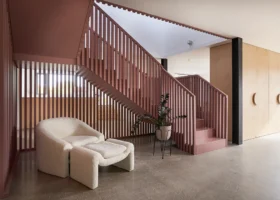
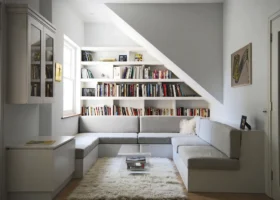
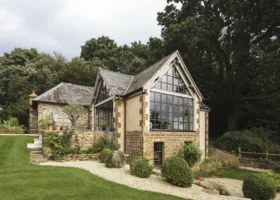
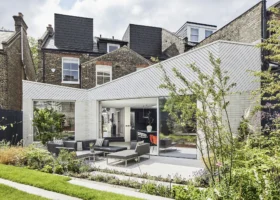
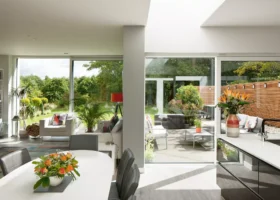
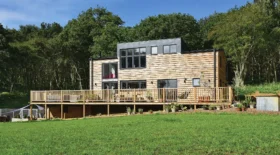
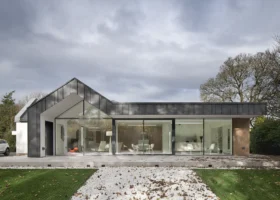
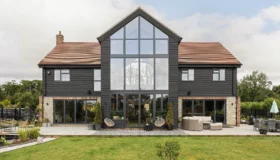
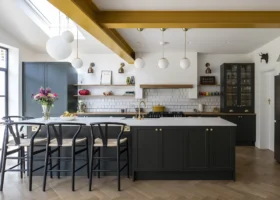
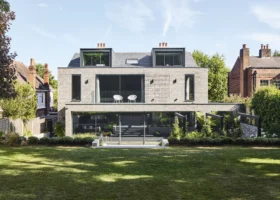
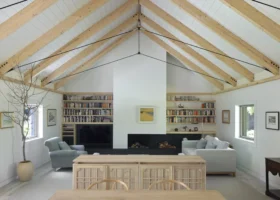
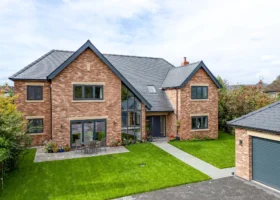
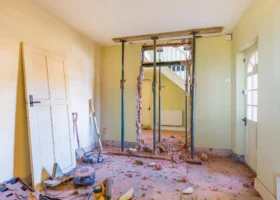
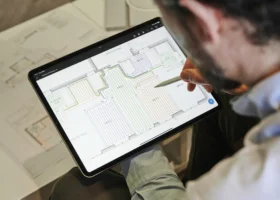
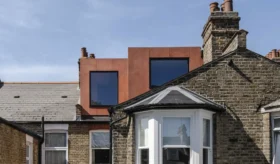
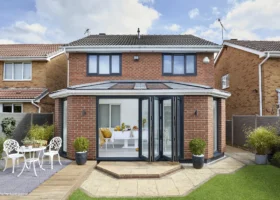
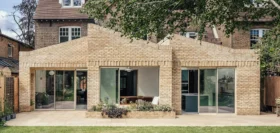
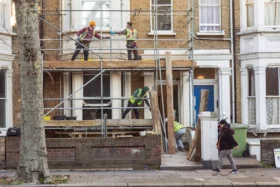
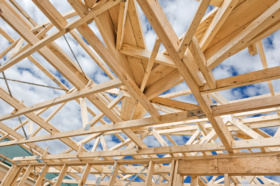
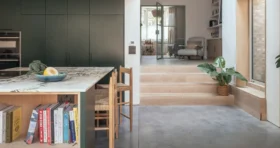
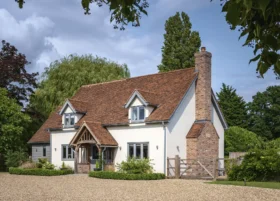
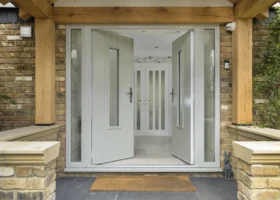
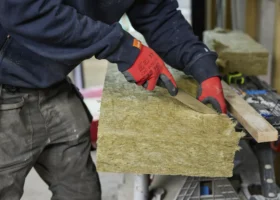
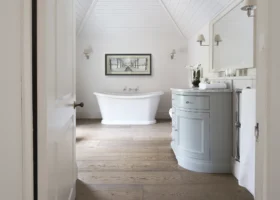
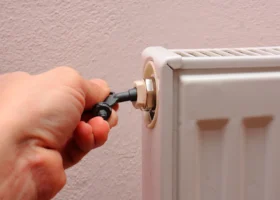
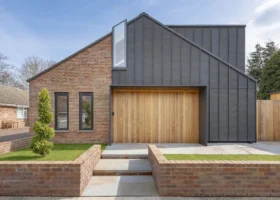
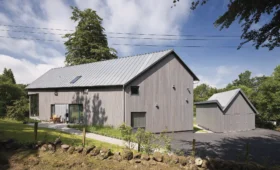
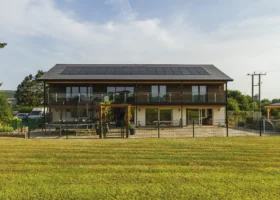
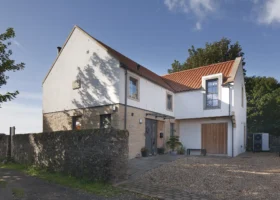
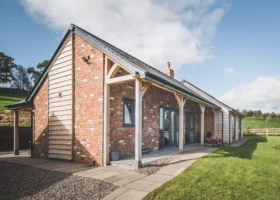
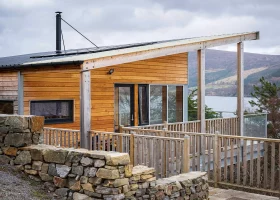
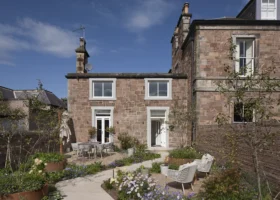
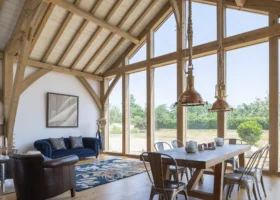

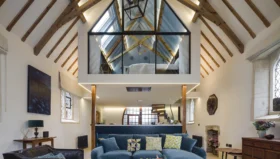
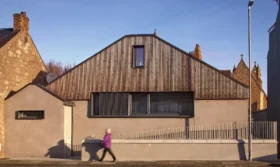
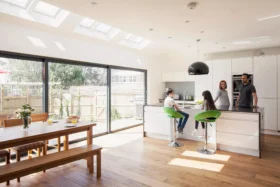
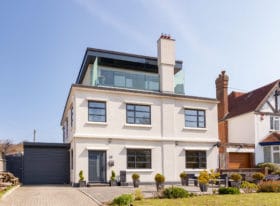
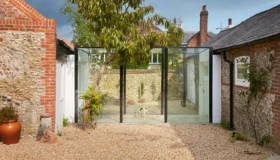
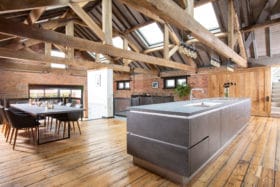

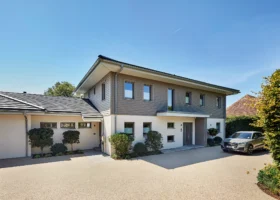
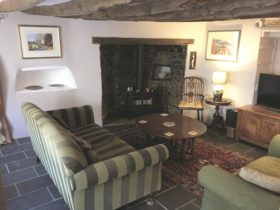
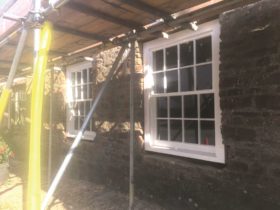
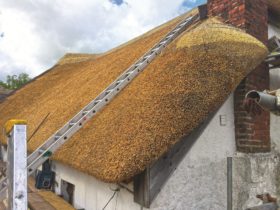
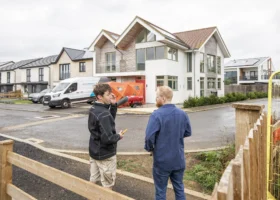
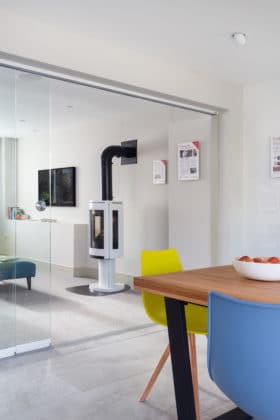
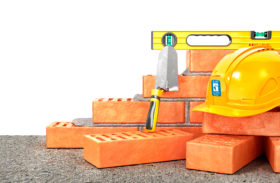
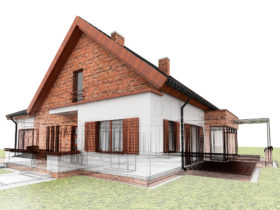
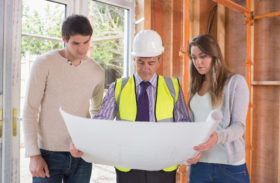


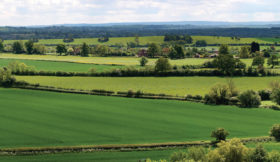
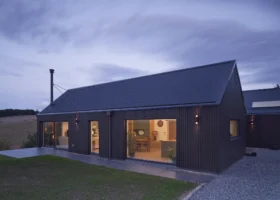


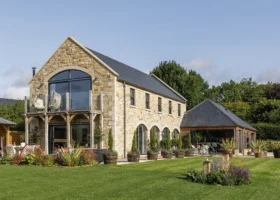
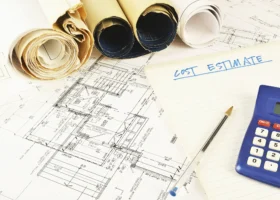
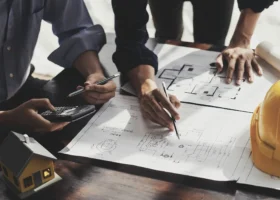

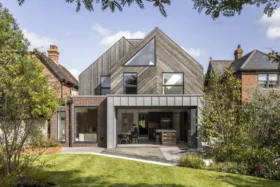
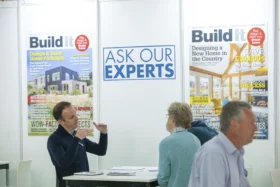
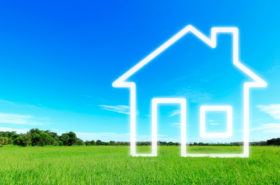
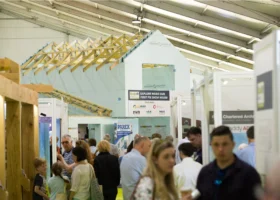
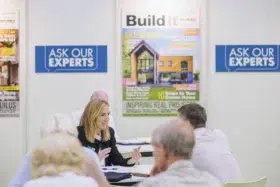
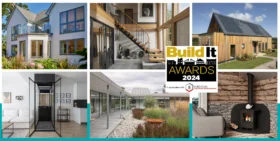
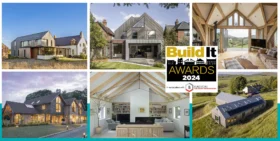
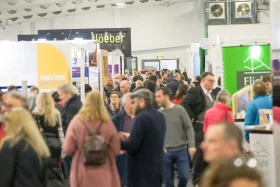
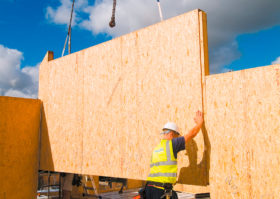
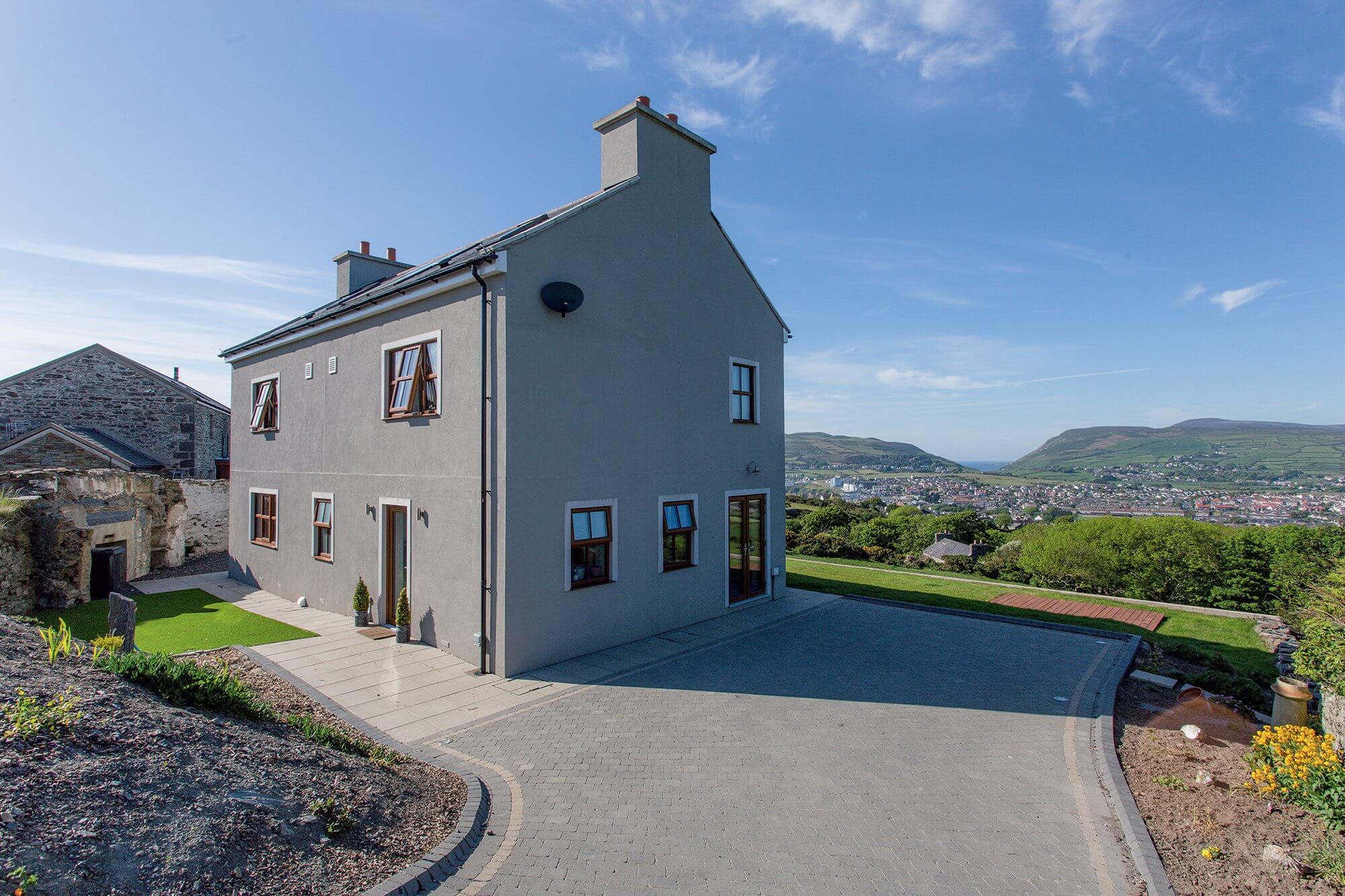
 Login/register to save Article for later
Login/register to save Article for later

